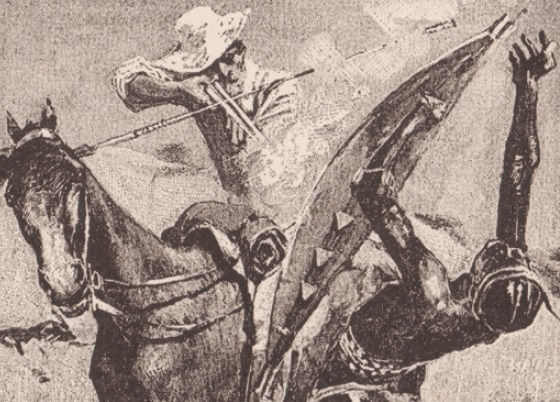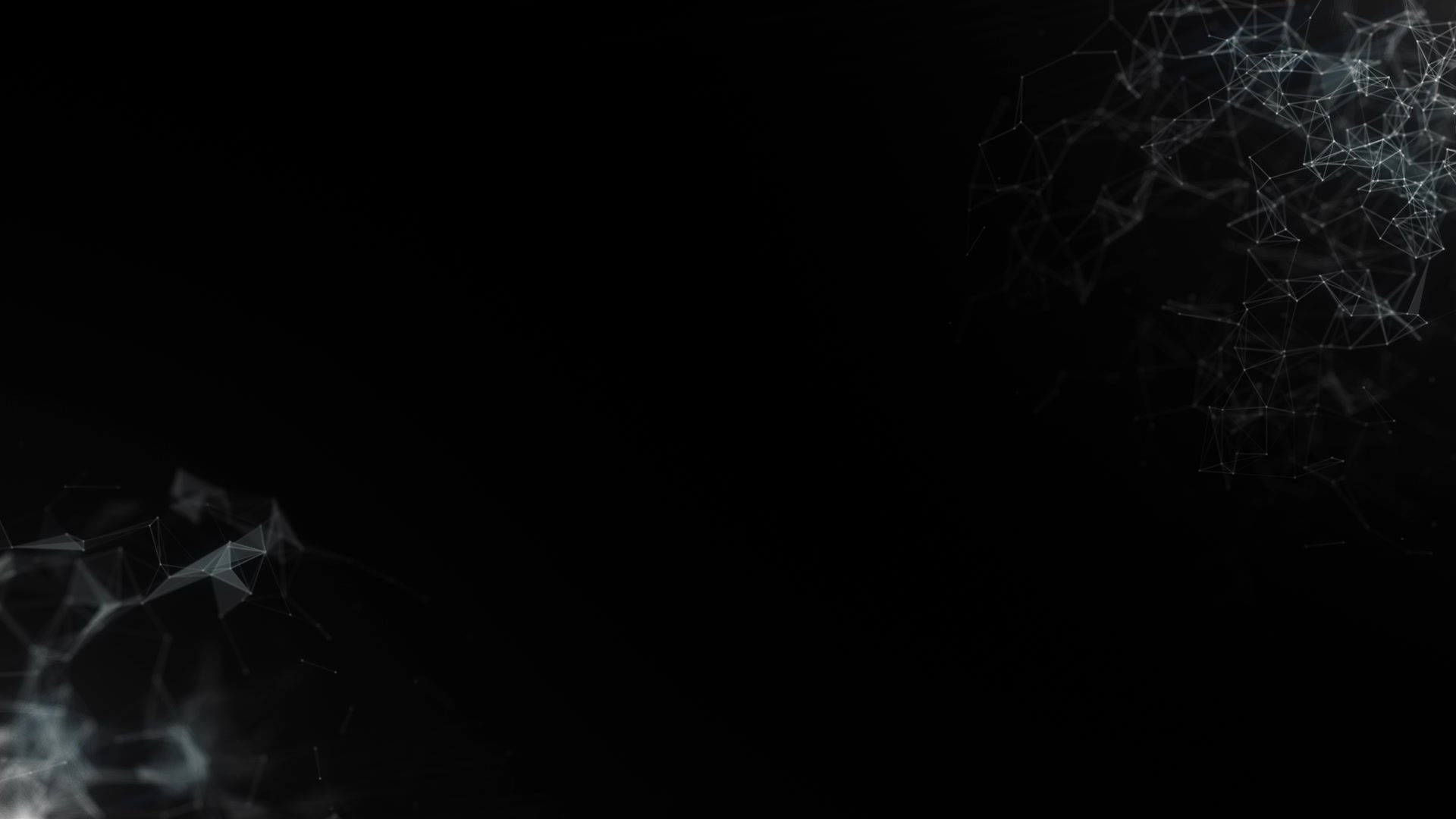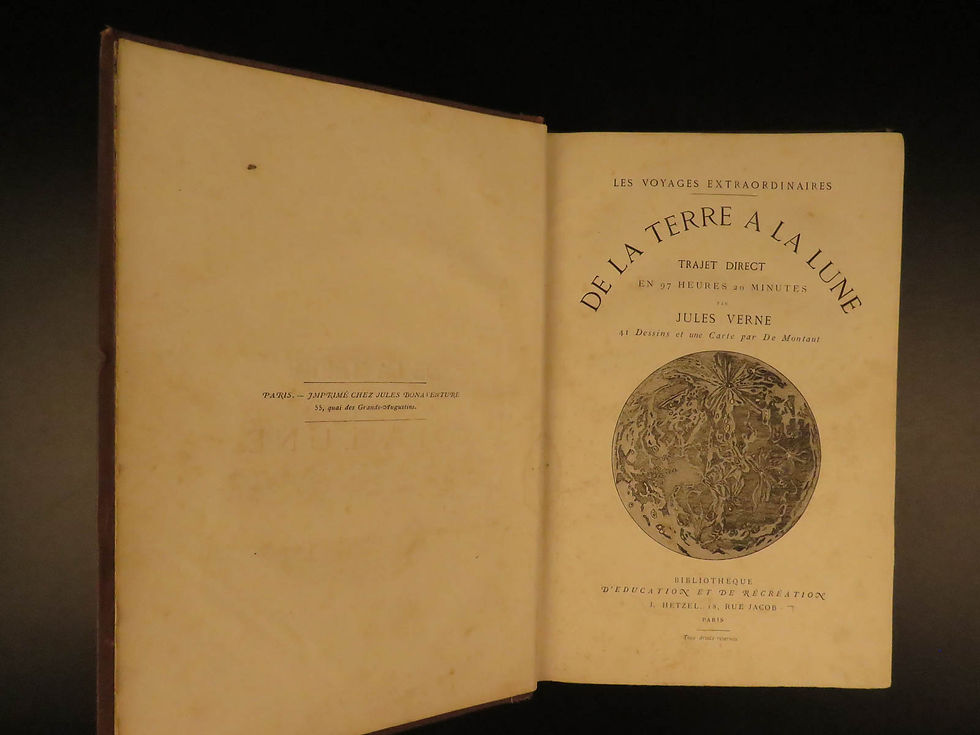The Return to Adventures of Allan Quatermain.
- Lukaschik Gleb
- Aug 24, 2025
- 5 min read
Updated: Sep 21, 2025

I began reading before but I didn’t move in that much years ago. It was until I saw my records of essays about Allan Quatermain books and they returned me to do so. However, I wasn’t confident to the most of the left in the rest due to doing some study with plots and many other reasons, which I told before. After that I saw more nuances.
Allan’s Wife (from Allan’s Wife and Other Tales (1889))
A prophecy after prophecy which comes to true but Allan Quatermain firmly doesn’t come to perplexing. Anyway, this story is surrealistic. A protagonist shoots blesbock to which he comes, it woke up, moved and fell – that was three times at all. Such unnatural behavior with animals was in using a special power gun against elephant who sleeps and does that shot into head but it didn’t work and made an animal angry. He doesn’t react on that gun but when a hero out of bullets, he uses pistol and that frightens a big creature and cause his run away. Later no difficulties when he goes with his servants and kills all elephants by simply saying in describing it was done at midnight. Haggard doesn’t make a full efforts for great writing. Chapters forward, his does that in describing of a battle between Boars and Zulus, which makes to not understand how events went and happened in that way. But that was preposterous from beginning. Chasing 3000 Zulu chased them because wanted to get a cattle of a group in less than twenty men. I can forgive mentioning of Dingaan (who was killed long before of assuming events), as it was in The Holy Flower, but how this army couldn’t catch Allan’s servants who were with carriages nearby when a lead hero had a confrontation?
Effortlessness was in sentences time by time as “we should have routed the Zulus” or “all this took place so long ago, when I was young who now am old” and killing describes as “had kissed the Zulu assegai”.
You don’t see a logic. A leader of Boers could make that her daughter escaped with everybody but she was left for drama. However, this book has traces of melodrama because many people just die without a point.
It confuses when Allan says they should attack a Zulu camp but he considers such tactics as useless and that’s mess when Quatermain is accepted for spirit but he tied and later fights with a mortal Zulu, which he defeats by luck though it was supposed to be magic but it wasn’t so. They all right with deciding to slay “spirit”. Allan has in his staff a shaman Indaba-zimbi and that man can forecast future but did not by offending a servant of Allan’s future wife Hendrika who comes into anger and runs for him with a literal wish to kill. I couldn’t read further and moved through jumping by getting that this a servant-woman will envy that her host will fall in love to Allan and wish to kill the protagonist, but she will expelled and return with who army. Too much of nonsense.
Marie (1912)
Henry Rider Haggard wanted in Zulu Trilogy to use real conflicts with involvement of Allan Quatermain in all of them but a main hero was too young anyway if count from release King Solomon’s Mines or a couple years back if take that Finished occurs not so long before aforementioned book as Marie informs. He couldn’t be an adult in period in which had happening Weenan Massacre.
A mess after mess. A book makes confusions on place. One personage says that Allan never spoke on his first wife Marie but then recalls a story how he knew about her from the protagonist by accident. That makes incomprehensible why a lead character covered this marriage if it was same tragic as his next while Allan’s Wife firmly stays on his single such experience.
Dingaan listens wizard Zikali because afraid him but asks Quatermain to kill three of five vultures for proof his magic – that’s not a supernatural thing for an experienced hunter.
I moved to short describing. I couldn’t read that the lead hero will be framed but Black men will help to evade execution by giving clothes of his wife while she takes his for be punished. Marie wanted to save his life but wasn’t sure if it will work from her claiming. Why didn’t try with escape? That was in discussion but it was rejected without reason. I don’t know how change garments could convince. Additionally, faces of both weren’t covered.
Heu-Heu; or, the Monster (1924) and She and Allan (1920)
I didn’t read many pages of Heu-Heu; or, the Monster. I moved to learning shortly. Allan Quatermain meets Zikali here and makes to understand that it takes after events of Child of Storm, which, as I know, takes a real Battle of Ndondakusuka, which occurred in 1856, while in Finished the protagonist mentions that didn’t see bodyguards of wizard for twenty-three years before that. It means he couldn’t contact with all of them in that period while this story and She and Allan contradict. A narration, as books were usually written in that time, begins on somebody who informs on getting manuscript or it’s author decides to tell a story. I would doubt on a place of receiver by assuming either it’s author was a fabricator or he wrote it in senility.
But without anachronisms, Haggard repeats himself on all sides. This man invented and popularized lost world genre and he is a person who wrote a big plethora of them. I couldn’t be fascinated in Heu-Heu about a far journey to another undisclosed civilization and meeting of heroes with a giant size animal even though it will a man in gorilla suit in this time. I didn’t want to search more.
While She and Allan has same elements and coming few years later The Treasure of the Lake will have similarities in plots. Allan, Hans and Umslopogaas take journey to one more unknown land in which will bring to familiar final in fight against advanced in quantity army. They will repeal two attacks and begin to lose battle on a third one, but wizard Ayesha will come with a wand and her walking will paralyze enemies. That tactics, which could use in very beginning, will bring foe’s army to defeat. I assume, Allan still didn’t believe in magic.
I decided to disclose a plot of the fourth She book Wisdom’s Daughter (1923), which, as everything written by Henry Rider Haggard in twenties, was without inventiveness and that one was made on popularity of Egypt topic. It has a main heroine who can kill people by beauty and a princess who takes decision that her descendants should revenge instead try to do it now with artifacts which can destroy She.



